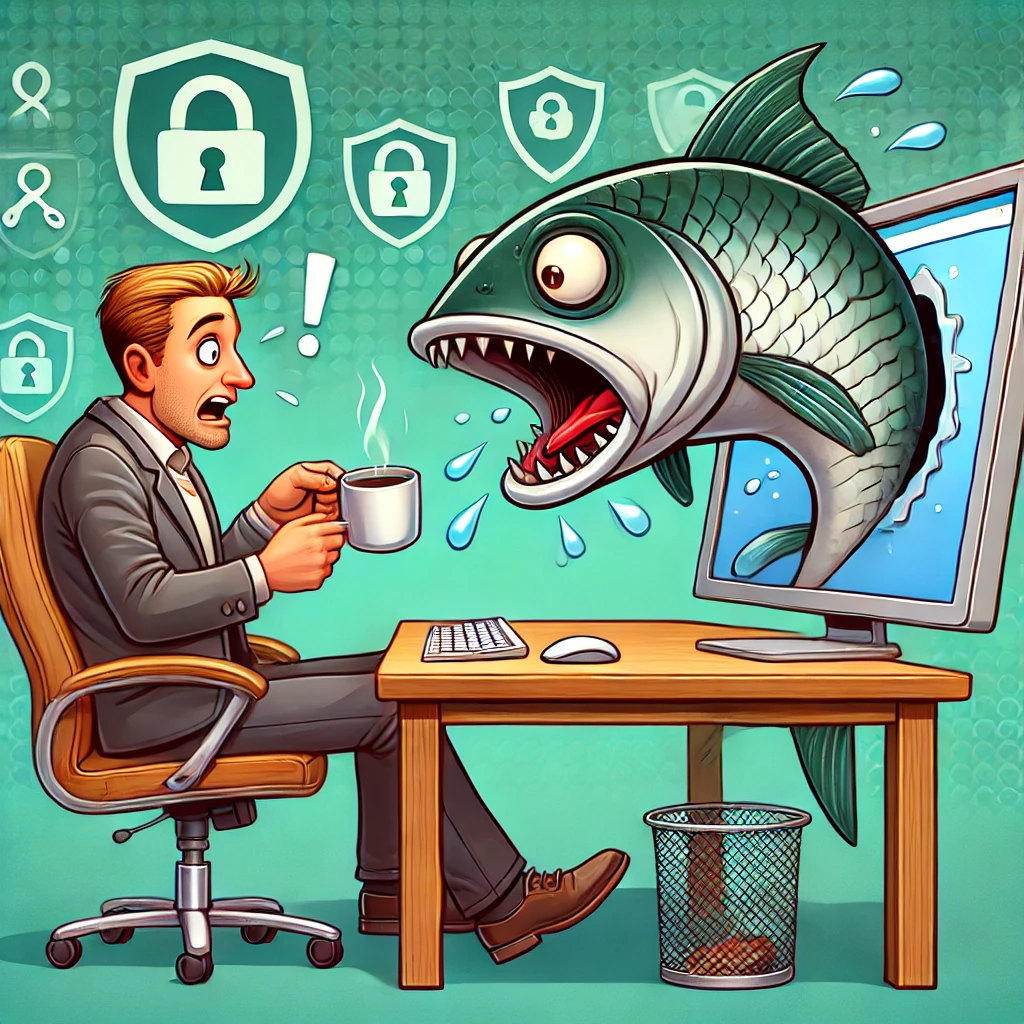In the digital age, scams have become as ubiquitous as memes and cat videos. Despite this, many of us stroll through our online lives without a care, seemingly unfazed by the lurking dangers. It’s high time we ask ourselves: why are we so alarmingly chill about getting scammed? This could be happening to any of us, right under our noses.
The Illusion of Invincibility
One of the main reasons people are so nonchalant about scams is the illusion of invincibility. Many of us harbour the belief that we’re too smart or tech-savvy to fall for such tricks. This overconfidence can be our downfall. Scammers are becoming more sophisticated, employing advanced tactics to deceive even the most vigilant individuals. According to recent studies, many scam victims are well-educated and tech-savvy, dispelling the myth that only the naive and uninformed are targeted. It’s not just about losing money, and it’s about the potential damage to our identities, reputations, and peace of mind.
This illusion is partly fuelled by a lack of awareness about the diversity and complexity of modern scams. Gone are the days of obvious phishing emails and poorly written messages from “Nigerian princes.” Today’s scams can be meticulously crafted, personalised, and highly convincing. They might come in the form of legitimate-looking emails, texts, or phone calls, and they often exploit current events or trending topics to appear more credible. It’s a constant game of cat and mouse, and we need to stay one step ahead.
Normalisation of Scams
Another reason for our blasé attitude is the normalisation of scams. We’ve become so accustomed to hearing about data breaches, identity theft, and fraudulent schemes that they no longer shock us. This desensitisation leads to a dangerous level of complacency. When scams are perceived as a routine part of digital life, the urgency to protect oneself diminishes.
Media coverage, while crucial, sometimes contributes to this normalisation by portraying scams as inevitable rather than preventable. The narrative often focuses on the inevitability of falling victim rather than the steps individuals can take to protect themselves. This can lead to a fatalistic attitude where people believe that they will eventually be scammed no matter what they do. But remember, you have the power to protect yourself. Awareness and vigilance are key.
False Sense of Security
A third factor is the false sense of security provided by technology. Many people believe that their antivirus software, privacy settings, and secure passwords are enough to protect them from all threats. While these measures are important, they are not foolproof. Scammers are continually evolving, finding new ways to bypass these defences.
Moreover, the rapid pace of technological advancement means that new vulnerabilities are constantly being discovered. The security measures that were effective yesterday may not be sufficient tomorrow. This creates a perpetual game of cat and mouse between scammers and cybersecurity experts.
Psychological Factors
Beyond these practical reasons, there are psychological factors at play. Cognitive biases such as optimism bias (the belief that bad things happen to other people, not us) and the availability heuristic (relying on immediate examples that come to mind) can skew our perception of risk. When we don’t personally know someone who has been scammed, or if our experiences with scams have been minor, we downplay the threat.
Additionally, the digital world often feels less tangible and, therefore, less threatening. We don’t physically see the scammers or the damage they cause, making it easier to ignore the potential risks. This detachment can lead to a lack of urgency in adopting protective measures.
The Cost of Complacency
The cost of this complacency can be high. Financial losses from scams can be devastating, but the impact goes beyond money. Victims often experience significant emotional distress, a sense of violation, and a loss of trust in digital interactions. Recovering from a scam can also be a time-consuming and complex process involving legal battles, identity restoration, and financial recovery.
The stakes are even higher for businesses. A successful scam can lead to data breaches, financial losses, and reputational damage. In an era where consumer trust is paramount, businesses cannot afford to be lax about cybersecurity.
The Path Forward: Awareness and Vigilance
So, what’s the solution? It starts with awareness and vigilance. We need to wake up and recognise the threat. This means educating ourselves and others about the latest scams and how to avoid them. Here are some steps everyone can take to enhance their security posture:
- Stay Informed: Regularly update yourself on the latest scam tactics. Cybersecurity news outlets, blogs, and forums are valuable resources.
- Adopt a Sceptical Mindset: Question the legitimacy of unsolicited messages, emails, or calls, especially those requesting personal information or urgent action.
- Strengthen Your Defences: Create strong, unique passwords for each account, enable two-factor authentication, and keep your software up to date.
- Educate Others: Share your knowledge with friends, family, and colleagues. The more people are aware, the harder it is for scammers to succeed.
- Report Scams: If you encounter a scam, report it to relevant authorities and platforms. This helps track and prevent further incidents.
What does all this mean?
Our indifference towards scams is a mix of overconfidence, normalisation, and a false sense of security. To combat this, we must shift our mindset and take proactive measures to safeguard our personal information and financial assets. Scams are not an unavoidable consequence of digital life but a preventable threat.
By staying informed, vigilant, and proactive, we can significantly reduce the risk of falling victim to scams. Let’s not wait until it’s too late to take this seriously. Wake up and smell the phish—your online safety depends on it.






